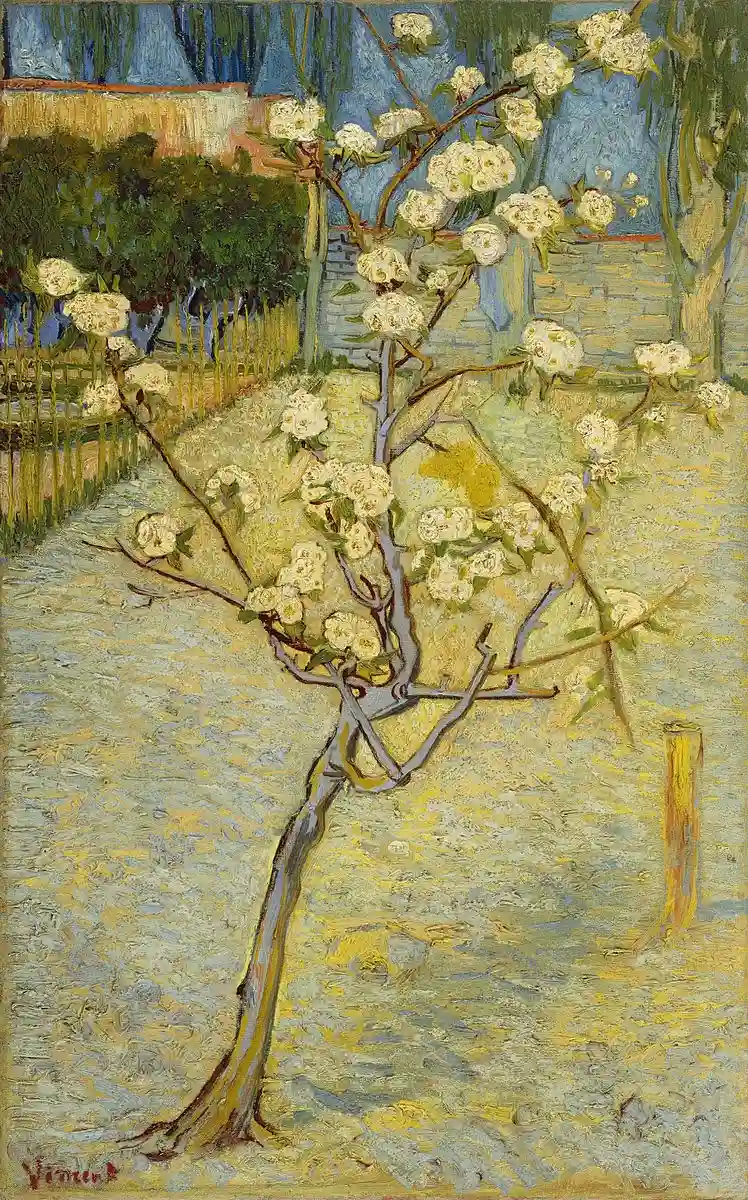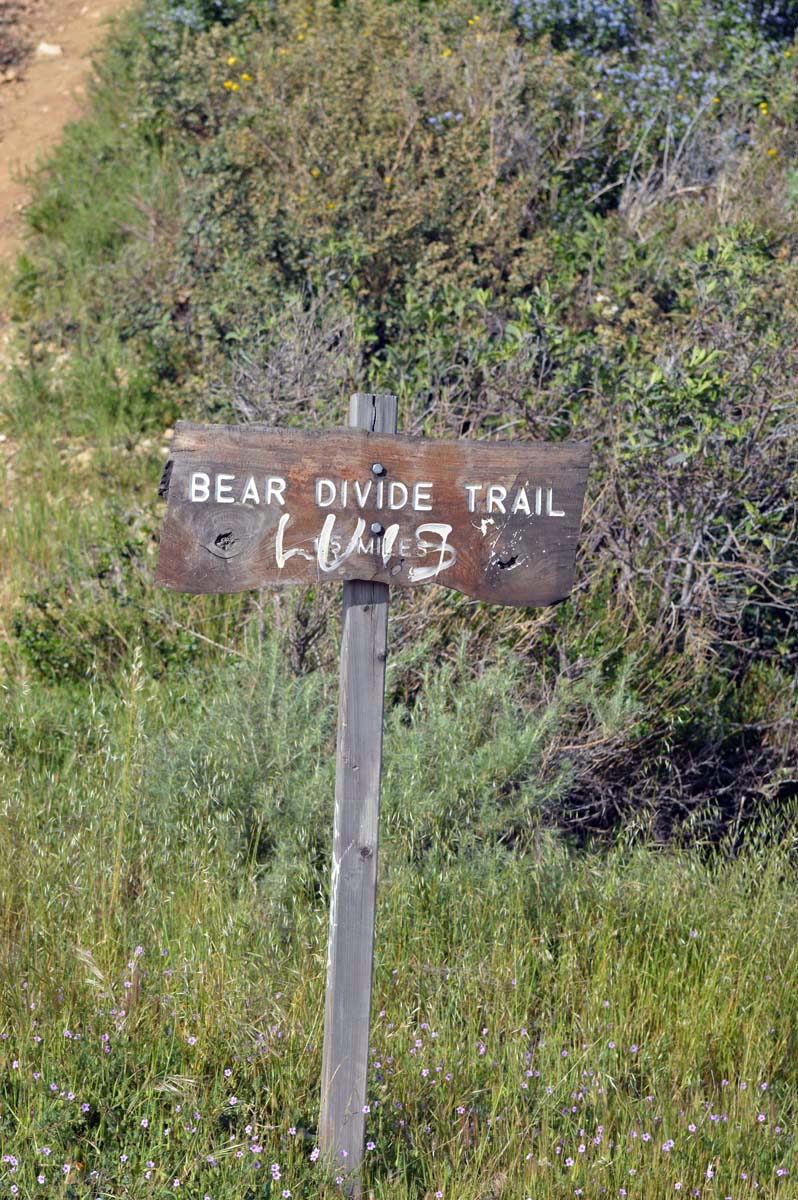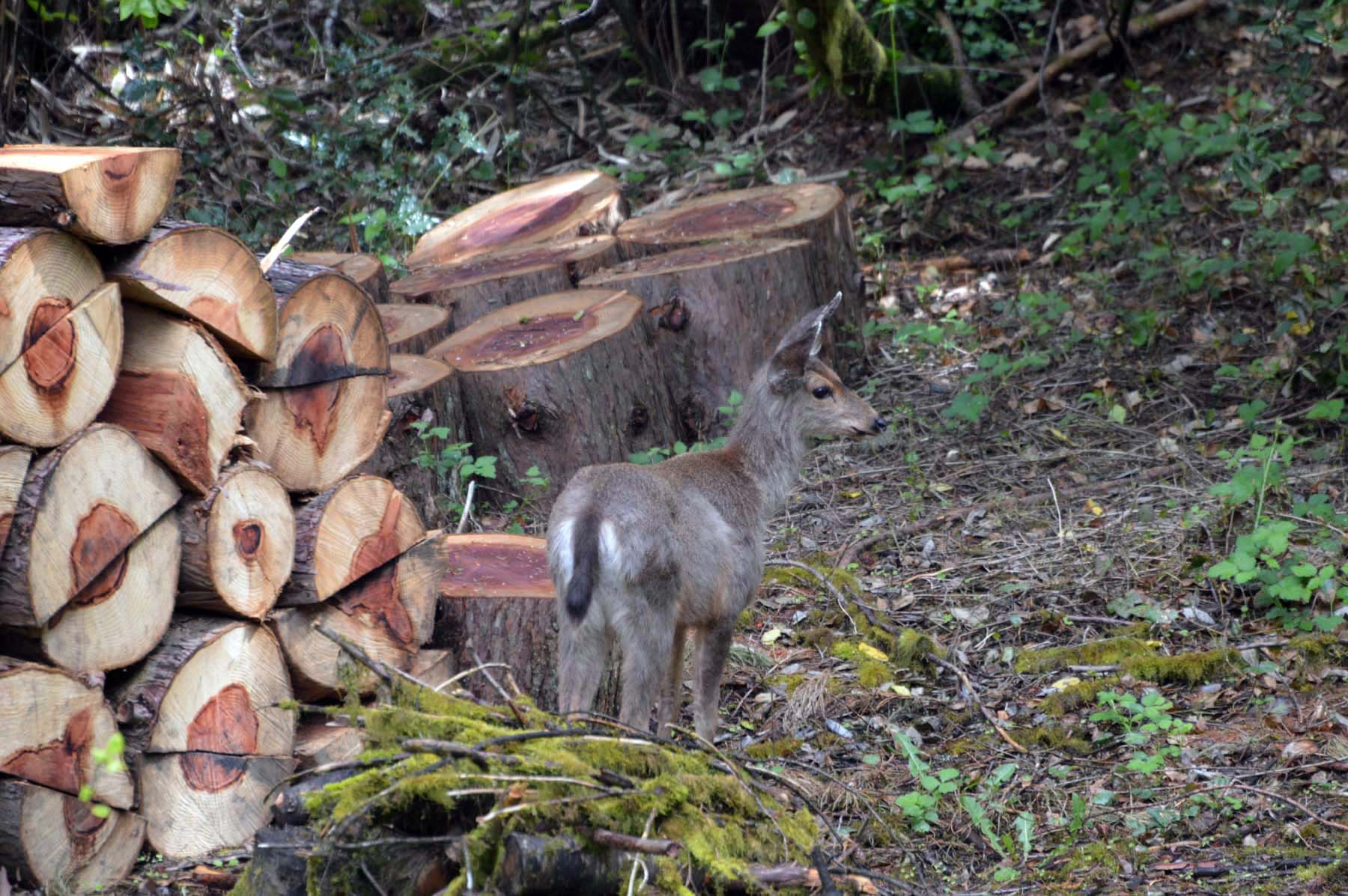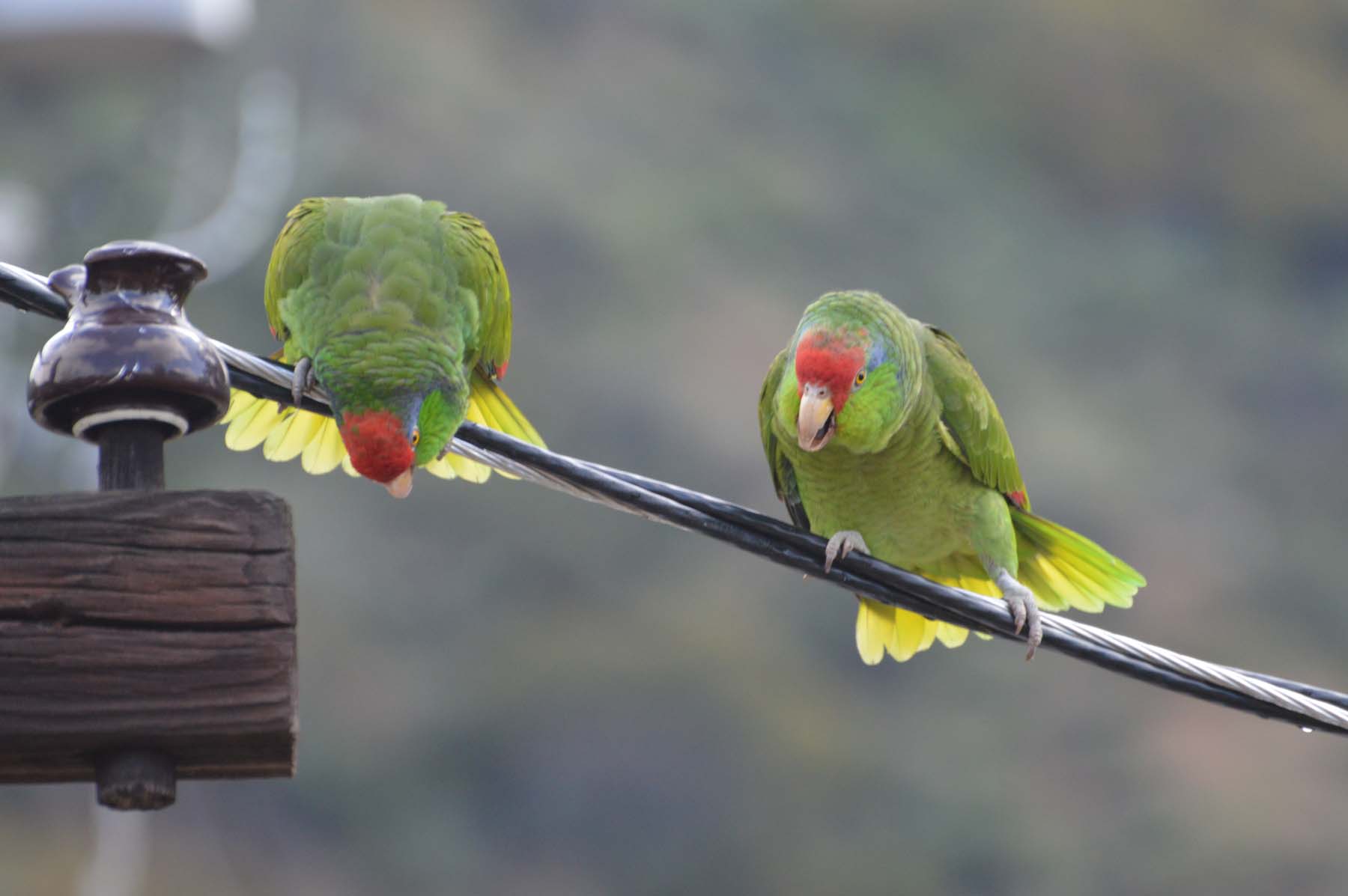Walk with me. A sedate stroll on Sauvie Island, easing us into a week where I will be working on a longer writing project and thus not posting across the 4th of July holiday.
Nature put on a show. Then again, when does it not?
Bloom and setting of fruit happening simultaneously for the black berries.


Oregon grapes already basically ripe,

while Hawthorne berries showed only a hint of the red that will later attract birds and squirrels alike when reaching full saturation.

Oak galls galore, a consequence of chemical injections by wasps who benefit from these growths.

Flowers in the meadows competing for my breathless mutterings – Oh, beauty!


Rufus Towhee hopping around, distracting me away from their nest, while ground squirrels watched with amusement.


Water levels high at the lake, serene at the canals, and small clouds lightening the grey skies.


The ospreys reliably resettled their nest that I visit every year.
If you stand close by, quietly, long enough, there will be coming and going, with lunch provided for those who wait long enough and screech loud enough.









Nature, relying on us to preserve it, since we have stressed it already so close to the limits. Preservation that will be made infinitely harder with the abominal Supreme Court Chevron decision last week which, as Zoe Schlanger at The Atlantic put it, shoved American environmentalism into legal purgatory. Read it and weep. The kneecapping of federal regulators will, of course, not just harm the environment, but also have huge implications for consumer protection.
This implies not just safety for what you eat and drink, or cars and planes, or warnings about chemical agents that might be harmful. It fully embraces the issue of pharmacological treatments, their safety and access granted to them, including the long sought prohibition of oral abortifacients. It also implies that a judge or a panel of judges can make decisions on the availability or necessity of vaccines. Think of another pandemic rolling around, and the judiciary, filled with anti-vaxxers, decides that vaccination is illegal. It will affect labor regulations, from workplace safety to pay requirements to the sales of goods no longer considered fairly made.
We cannot even conceive of the extent of the consequences this decision will have for the American people. Protection blown to the winds like grass seeds.

Justice Kagan’s dissent in Loper Bright Enterprises vs Raimondo is worth contemplating.
“A rule of judicial humility, gives way to a rule of judicial hubris. In one fell swoop, the majority today gives itself exclusive power over every open issue—no matter how expertise-driven or policy-laden—involving the meaning of regulatory law. As if it did not have enough on its plate, the majority turns itself into the country’s administrative czar.”
Regarding stare decisis, the respect for previously made decisions:
“It barely tries to advance the usual factors this Court invokes for overruling precedent. Its justification comes down, in the end, to this: courts must have more say over regulation—over the provision of health care, the protection of the environment, the safety of consumer products, the efficacy of transportation systems, and so on. A longstanding precedent at the crux of administrative governance thus falls victim to a bald assertion of judicial authority. The majority disdains restraint, and grasps for power.“

Mullein has the symbolism attached that it opens channels of communication with a higher power. Man, do we need that…..anybody out there????
Well, so much for sending you off to a holiday week. Enjoy your fireworks while they are still safely regulated in defiance of profiteering at all cost.


Music today is the Prelude to Bach’s Cello Suite # 2 in D-Minor. You can read darkness into it, or, as I do, a moment of hope. Preludes are beginnings – and we can always begin anew, putting things right. Eventually. Hopefully.












































































































































































































































































